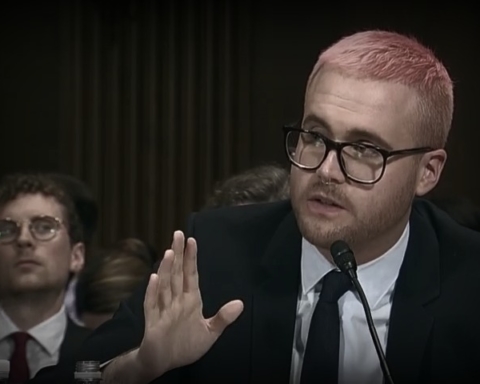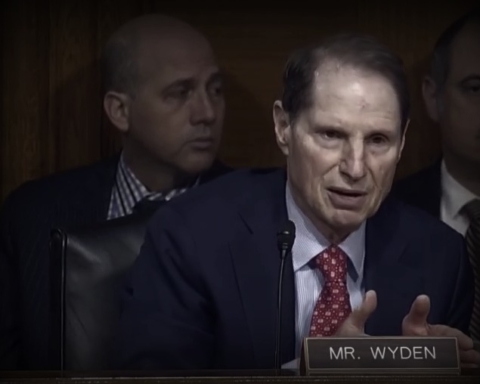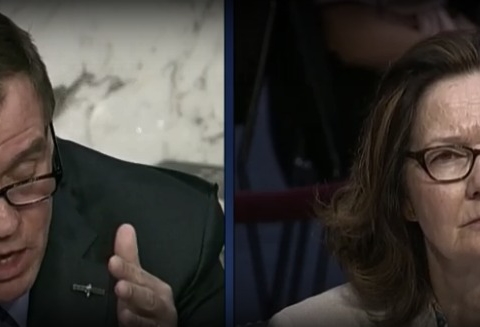The deployment of surveillance drones along the periphery of the United States was supposed to revolutionize border security. But nearly a decade and hundreds of millions of dollars into this endeavor, a government watchdog says it’s not working and federal officials have been burying the program’s failures.
On Tuesday, the Department of Homeland Security’s inspector general released an audit of the US Customs and Border Unmanned Aircraft System Program. The study found that “CBP has invested significant funds” in using drones that have “not achieved the expected results,” and called on the agency to reconsider its plans to expand the use of unmanned aerial surveillance systems.
The IG also highlighted a major accounting discrepancy regarding the flight costs of border patrol’s unmanned systems. While CBP estimated a cost of $2,468 per flight hour in 2013, the IG discovered the actual cost per hour was $12,255. Border Patrol intentionally omitted the costs of pilots, equipment, and overhead, the report stated, because of appropriations technicalities.
“By not including all operating costs, CBP…cannot accurately assess the program’s cost effectiveness or make informed decisions about program expansion.” the IG said.
The proliferation of drones along US borders has long enjoyed bipartisan support since a pilot program was initiated in 2004. Deep-pocketed defense contractors have found new roles for their systems outside of overt wars and the military’s covert targeted killing regime. In the House, the Congressional Unmanned Systems Caucus boasts of having more than 40 lawmakers from both parties in its ranks.
But beyond the accounting woes, this support doesn’t appear to translate into effective border control policy, by hawks’ own standards.
“Although CBP anticipated increased apprehensions of illegal border crossers, a reduction in border surveillance costs, and improvement in the US Border Patrol’s efficiency, we found little or no evidence that CBP met those program expectations,” the IG found.
Fewer than 2% of border apprehensions were attributed to drones in 2013. In addition, the unmanned planes are only “airborne 22 percent of the anticipated number of hours.” And despite the systems intended surveillance of the entire Southern border; the IG found that CBP was using drones to focus only on 170 miles of the nearly 2,000 mile-long stretch.
The Homeland Security inspector general’s misgivings about the border drone program originated more than two years ago. A 2012 report recommended that CBP enact “better planning of its unmanned aircraft systems” because the program was “at risk of having invested substantial resources in a program that underutilizes resources.”
That same year, defense contractor General Atomics secured a $443 million deal to supply CBP with 14 new drones. The company spent over $300,000 that year in campaign contributions to Members of Congress. It had never given that much in one year before and hasn’t donated that much since.
But, the IG wants to see that contract scrapped, and wants future expansion plans to be reconsidered.
“CBP could put the $443 million it plans to spend to expand the program to better use by investing in alternatives, such as manned aircraft and ground surveillance assets,” its report said.
Read the IG’s full findings here.






